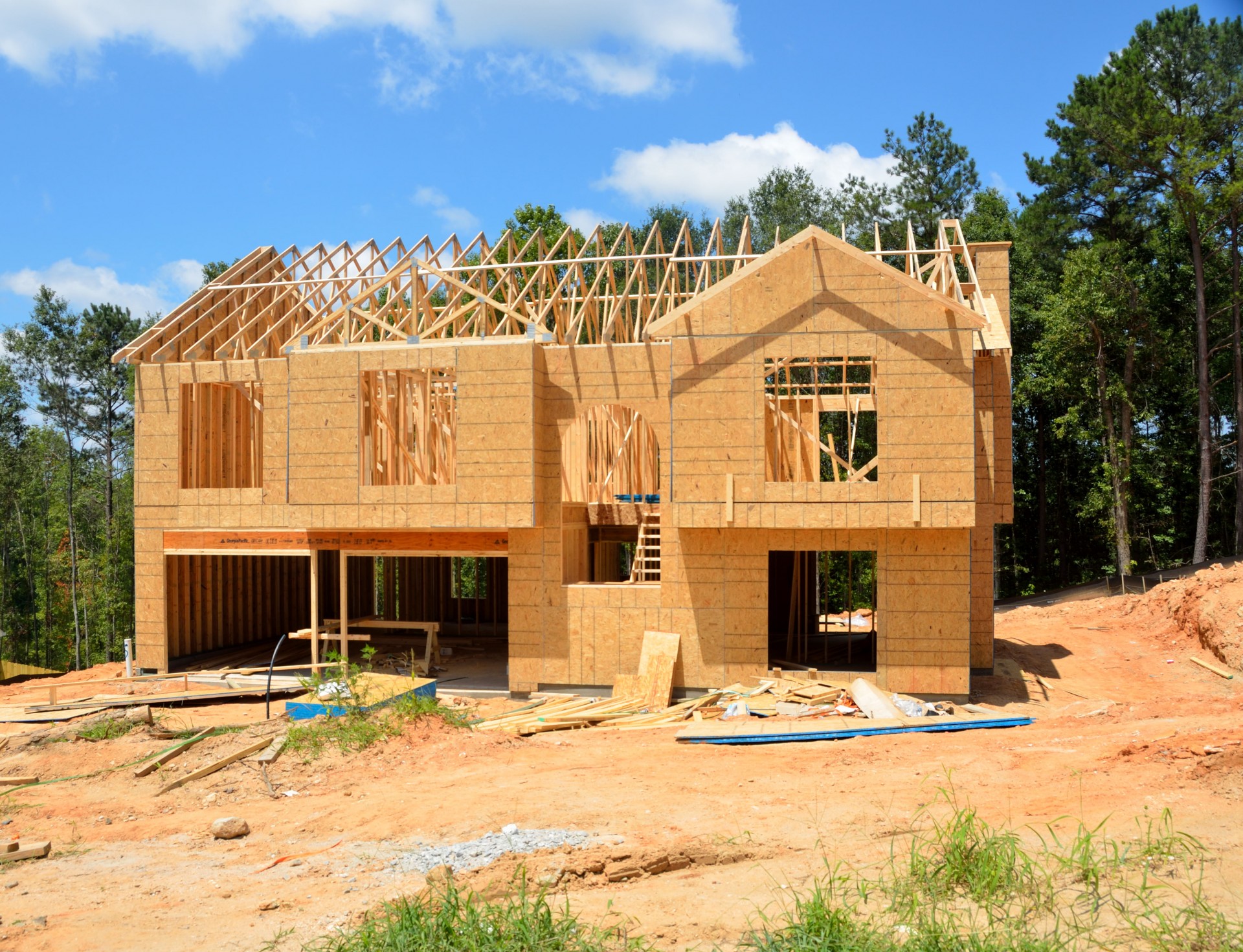Top Building Methods for Residential Properties

Creating a new home is an thrilling journey, packed with potential to create a home environment that authentically represents your aesthetic and needs. If you are a first-time builder or seeking to construct your perfect home, comprehending the optimal building practices is essential for a hassle-free and effective construction process. From picking the right materials to navigating financing options, each phase plays a crucial role in transforming your vision to life.
In this detailed guide, we will guide you through the various aspects of fresh home construction. You will learn key considerations such as how many months the building process generally takes, the advantages of opting for new construction over buying an existing property, and the latest design trends defining homes in 2025. We will also explore into useful tips for hiring a talented builder, creating an optimal budget, and preventing common mistakes along the way. Whether you're keen to incorporate smart home features or look into energy-efficient designs, this guide aims to arm you with the knowledge you need to take informed judgments when creating your modern home.
Creating Method Summary
Building a fresh home is an thrilling adventure that entails meticulous planning and realization. The procedure typically starts with choosing a suitable parcel and planning the dwelling. It's crucial to strike a balance between your personal wants and local regulations. Engaging with an architect can assist you formulate a plan that matches both your dreams and any regulatory requirements.
Once the design is finalized, you will move into the approval phase. This phase is essential as it involves securing the essential construction licenses and ensuring conformity with regional planning guidelines. Familiarizing yourself with these rules can help you avoid setbacks or financial changes down the track. During this time, choosing the appropriate contractor is also vital. They will guide you through the details of building and help manage the construction process from beginning to completion.
As work begins, the procedure can typically be separated into distinct phases, such as base construction, framework, and interior work. Keeping tabs on the progress and staying in contact with your builder will guarantee that the project moves forward well. Being cognizant of possible setbacks and hidden costs is vital, as they can influence your finances and overall timeline. By staying engaged throughout https://disciplined-whale-nrljq7.mystrikingly.com/blog/a-influence-of-technology-in-contemporary-home-construction , you can work towards building the home of your desires.
Budgeting and Budgeting

When embarking on the journey of constructing a new home, understanding your financing options is crucial. Various loan types are available for new construction, including traditional loans, Federal Housing Administration loans, and construction-to-perma loans. Each option has its specific requirements and benefits, so it's important to evaluate your fiscal situation and decide which loan best aligns with your requirements. Consulting with a mortgage advisor can provide valuable insights into your qualification and possible interest rates, aiding you secure the best deal.
Creating a realistic budget is another key factor in the home-building journey. Consider all potential costs, including land purchase, construction materials, labor, permits, and utilities. Additionally, be mindful of hidden costs that can arise, such as unexpected site conditions or changes in plans. It's advisable to reserve a contingency fund of about 10 to 15 percent of your overall budget to cover unexpected expenses, ensuring that you remain financially secure throughout the construction process.
Lastly, understanding where to save and where to splurge can significantly affect your final home. Prioritize essential features that fit with your way of living, such as energy-efficient systems and long-lasting materials, while being more flexible with cosmetic elements that can be modified later. Effective budgeting will not only help you avoid financial stress during the construction phase but also ensure that your new home fulfills your expectations without overspending.
Style and Resources Choice
Selecting the ideal design and resources for your new home is crucial to create a space that addresses your household’s needs and reflects your personal taste. Begin by thinking about the arrangement and movement of your home. Open concept layouts are favored for their airy feeling and adaptability, while traditional designs can provide separate rooms for particular functions. It’s vital to choose a floor plan that suits for your lifestyle, whether that includes entertaining, social events, or quiet retreats.
When it comes to resources, think about longevity, maintenance, and energy efficiency. For instance, opting for sustainable building resources can not just enhance your home's eco-friendliness but can also lead to lower utility bills in the long run. Furthermore, outside choices such as brick, wood, or plaster can dramatically affect the look and longevity of your home. Research the pros and cons of each option to find the most suitable for your stylistic intentions and budget.
Finally, pay close attention to current design fashion while ensuring that they correspond with your personal vision. Styles for 2025 may include smart home amenities that enhance convenience and safety, as well as elements that promote wellness, like daylight and exterior areas. By thoughtfully considering your design and resources selection, you can build a beautiful and practical new home that endures.
